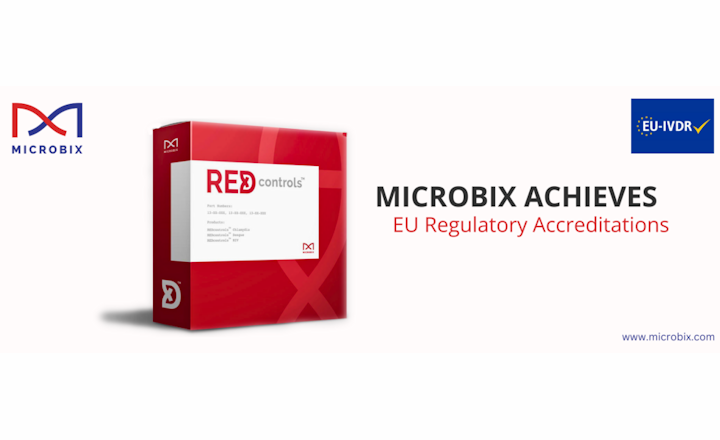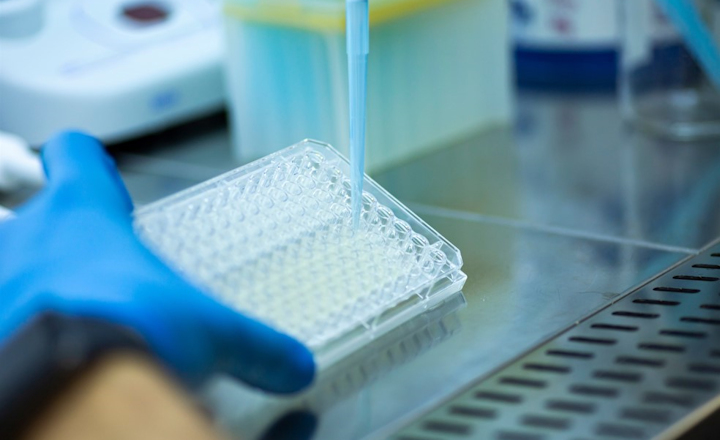mycoplasma contamination affects roughly 15-35% of continuous cell cultures, resulting in a number of deleterious effects including the induction of chromosomal abnormalities, the disruption of DNA and RNA synthesis, and the inhibition of both cell metabolism and growth rate. Historically, the recommended mycoplasma testing protocol for research laboratories included the use of traditional culture-based techniques and DNA staining with fluorochromes. Despite the successful use of these detection methods for many years, their limit of detection remains undefined. Moreover, the entire testing procedure is laborious, costly, and difficult to interpret. However, before an alternative method, such as a molecular-based detection system, can become widely accepted and implemented, this method must exhibit sensitivity with regard to the limit of detection.
To this end, the American Type Culture Collection (ATCC) has designed quantitative mycoplasma DNA controls for use in testing and calibration in ISO 17025 accredited laboratories, including inclusivity/exclusivity testing, establishing limits of detection, verification or comparison of test methods, and other molecular applications. Download our application note demonstrating the use these products in evaluating the sensitivity of two different molecular-based detection systems.






















